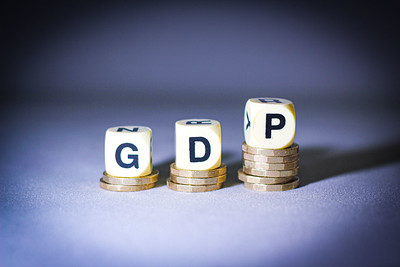In a significant move in the global financial arena, the US dollar has witnessed a dip to a two-week low as economic data points towards a gradual softening in economic momentum. This unexpected shift in the currency market has raised eyebrows, prompting investors and analysts to closely examine the underlying factors and potential consequences.
Factors Driving the Dollar’s Decline:
The weakening of the dollar can be attributed to a confluence of economic indicators that have painted a mixed picture of the US economy. Data releases spanning employment figures, consumer spending, and manufacturing output have all contributed to the dollar’s recent struggles. The unexpected uptick in jobless claims and a modest pullback in consumer spending have particularly raised concerns about the sustainability of the economic recovery.
Moreover, the ongoing supply chain disruptions and inflationary pressures have also played a role in diminishing the dollar’s strength. As the Federal Reserve continues to grapple with striking a balance between fostering economic growth and taming inflation, the uncertainty has left a mark on the currency market.
Impact on Exchange Rates and International Trade:
The dollar’s slide has had a palpable impact on exchange rates, affecting not only major currency pairs but also emerging market currencies. For countries with significant trade exposure to the United States, a weaker dollar could offer a competitive advantage, potentially boosting their export volumes.
Conversely, the recent fluctuations might lead to some challenges for businesses that import goods priced in other currencies. Such companies could face rising costs, potentially translating into higher prices for consumers in the domestic market. The intricate web of exchange rates underscores the interconnectedness of the global economy.
Federal Reserve’s Dilemma:
The Federal Reserve finds itself at a crossroads as it navigates the complex landscape of monetary policy. The central bank is tasked with deciding the appropriate course of action to sustain economic growth while preventing runaway inflation. The dollar’s decline further complicates this scenario, as a weaker dollar can contribute to imported inflation, potentially limiting the Fed’s policy options.
As the Federal Reserve weighs its options, market participants are closely monitoring any hints about potential interest rate adjustments or changes to the current asset purchase program. Any signals from the central bank could potentially lead to further volatility in the currency markets.
The recent descent of the US dollar to a two-week low has brought into focus the intricate interplay between economic data, exchange rates, and monetary policy. While the reasons behind the dollar’s softening are multifaceted, its repercussions are far-reaching, touching various facets of the global economy. As investors and analysts continue to dissect the available information, the trajectory of the dollar remains uncertain, carrying implications that extend beyond the realm of finance and into the broader spectrum of international trade and economic stability.












